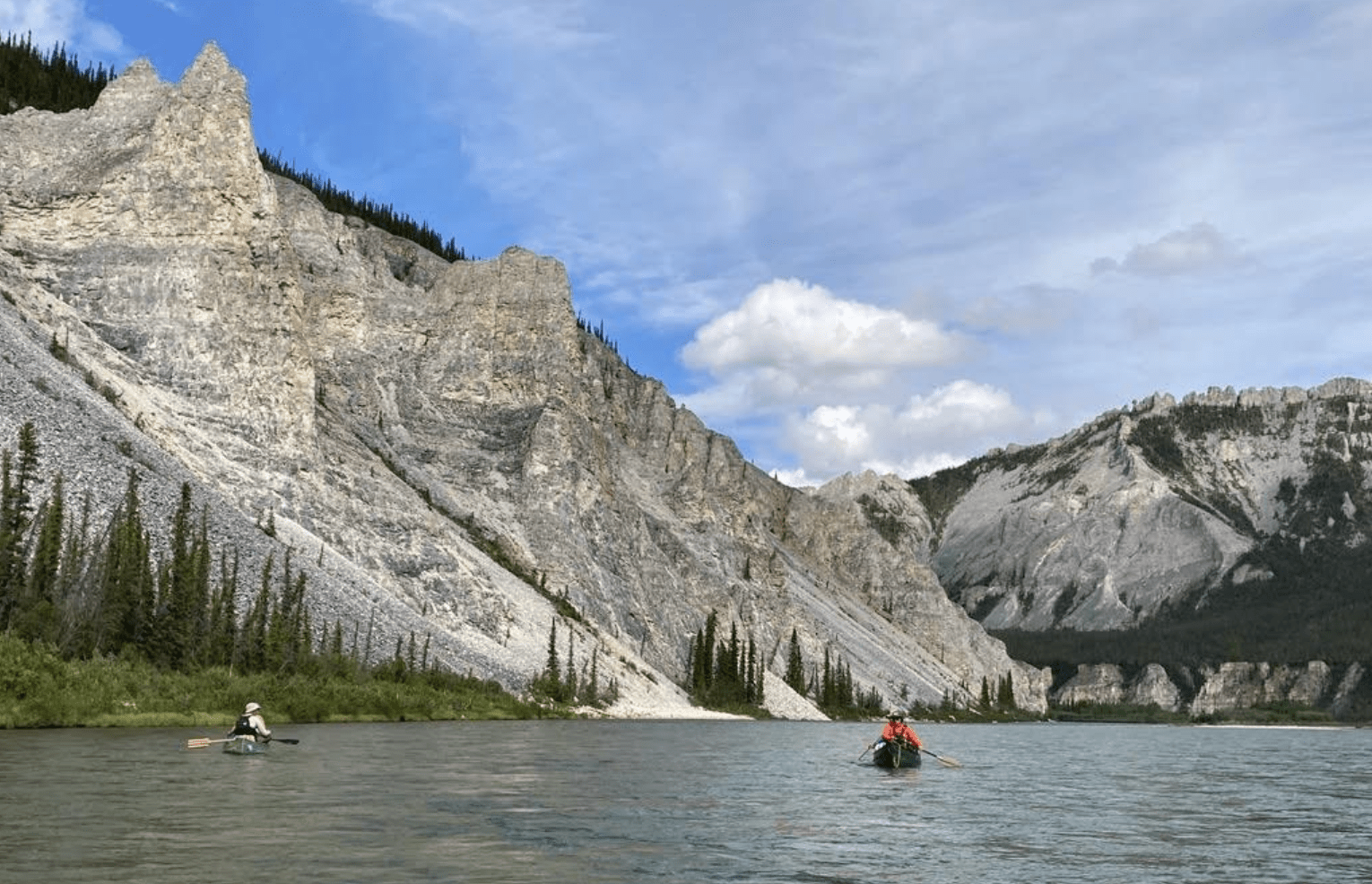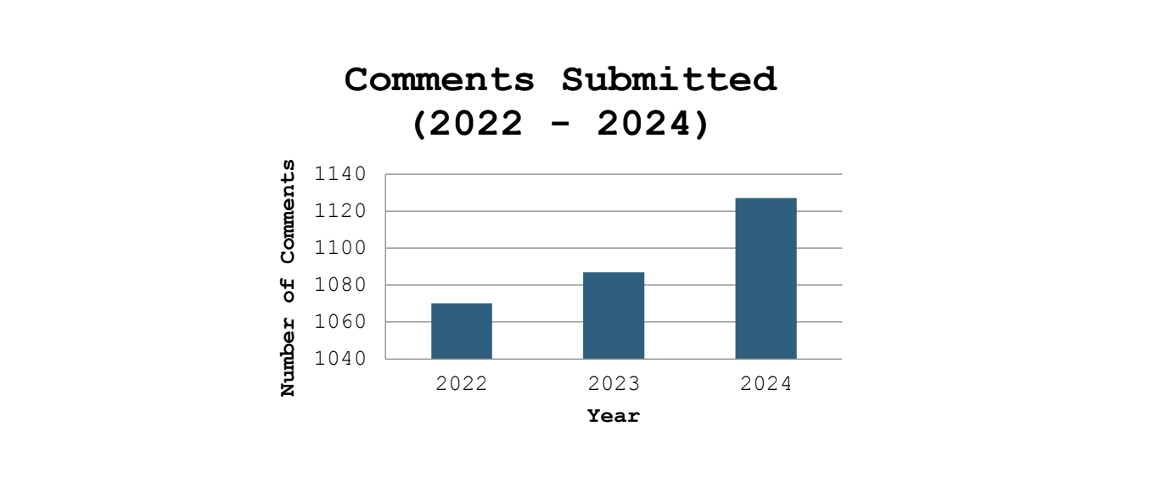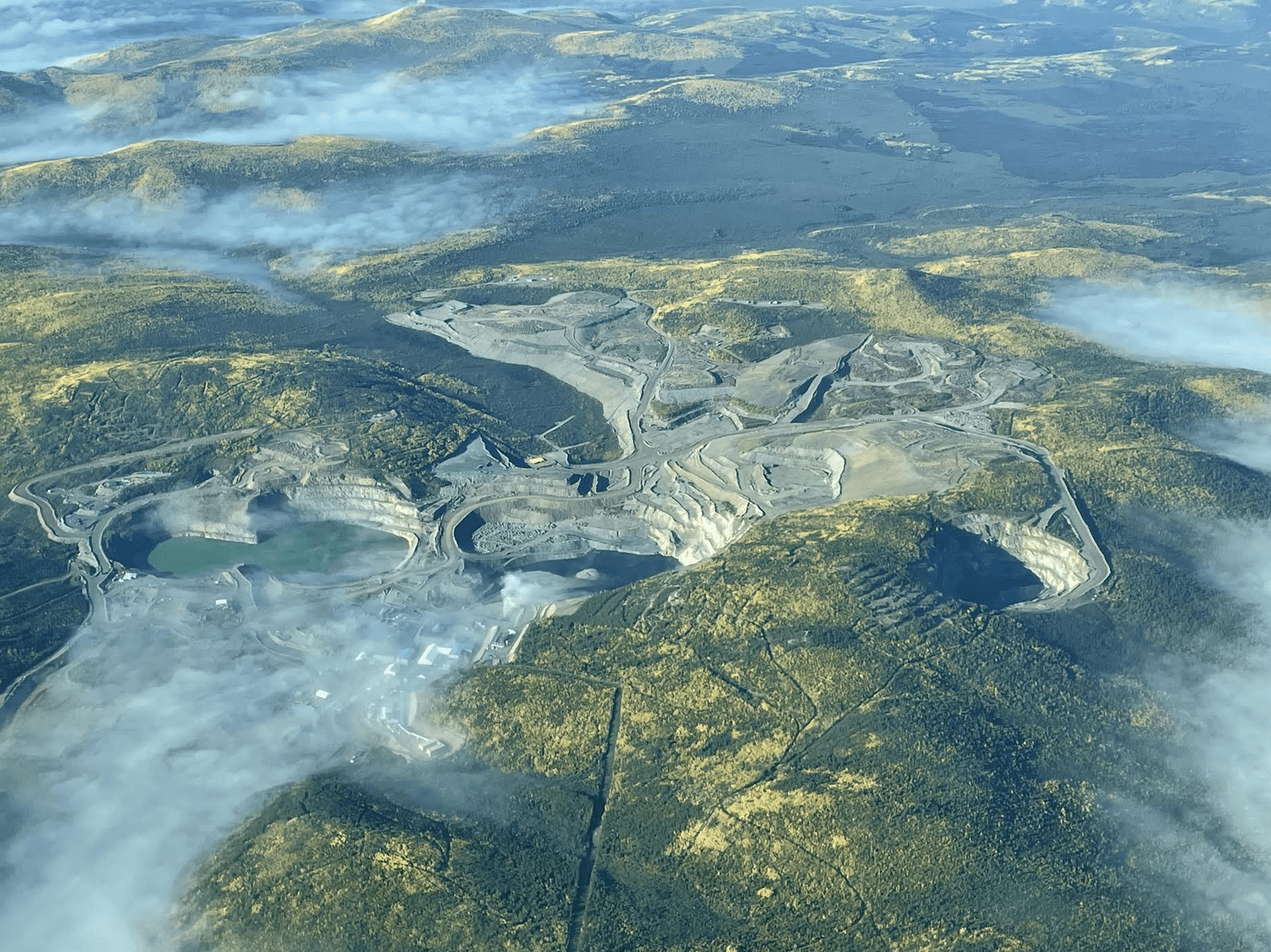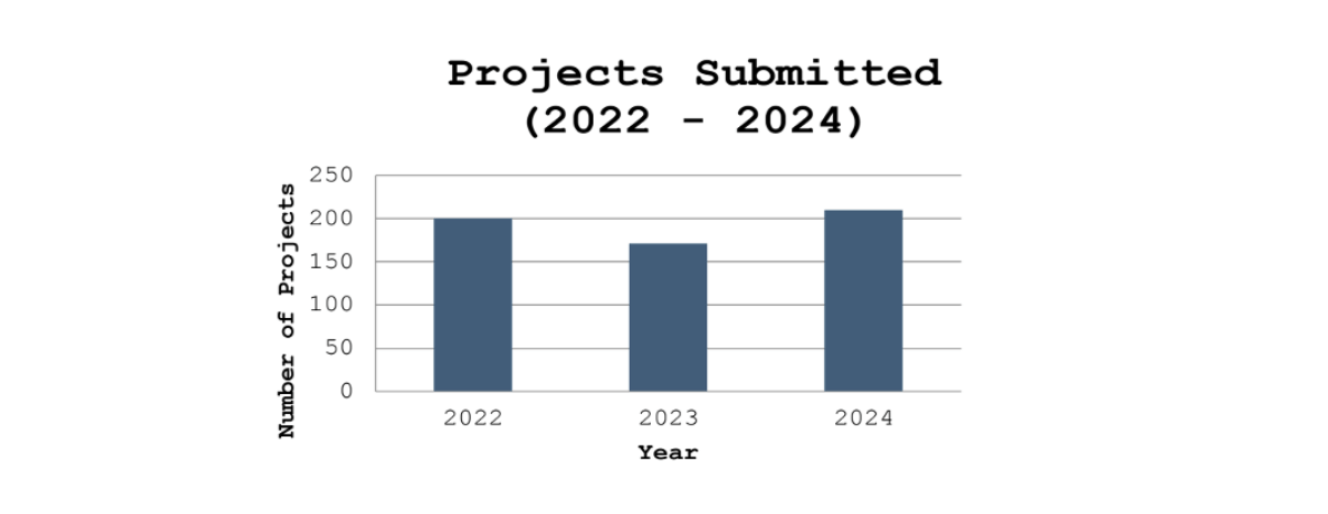YESAB at 20: Lessons from the Yukon Environmental and Socio-economic Assessment Model
 YESAB carries out assessments through a neutral, independent framework grounded in modern land claims. Image of Traditional Territory of First Nation of Na-cho Nyäk Dun/Kent Bretzlaff
YESAB carries out assessments through a neutral, independent framework grounded in modern land claims. Image of Traditional Territory of First Nation of Na-cho Nyäk Dun/Kent Bretzlaff
By Kent Bretzlaff
June 2, 2025
In a territory as ecologically diverse, politically distinct, and resource rich as Yukon, balancing timely project assessments with strong environmental stewardship and the protection of Indigenous rights has always posed a challenge. Since its inception, the Yukon Environmental and Socio-economic Assessment Board (YESAB) has issued recommendations for more than 3,700 projects. These range from straightforward laneway extensions through to complex resource development projects — reflecting a wide scope of activities subject to assessment. Increasingly, these assessments are drawing public interest and active participation from Yukon First Nations, reflecting the heightened expectations that come with modern treaties implementation and a maturing regulatory landscape.
 For more than two decades, YESAB has met these evolving demands through a neutral, independent, and distinctly Northern model of assessment. But as the pace and complexity of development continue to rise, one question remains: Can we continue to protect our environment, communities, and values while keeping assessments timely and effective? At YESAB, we believe the answer is yes. Our tripartite, public model anchored in modern land claims and public accountability, may offer valuable lessons for the rest of Canada.
For more than two decades, YESAB has met these evolving demands through a neutral, independent, and distinctly Northern model of assessment. But as the pace and complexity of development continue to rise, one question remains: Can we continue to protect our environment, communities, and values while keeping assessments timely and effective? At YESAB, we believe the answer is yes. Our tripartite, public model anchored in modern land claims and public accountability, may offer valuable lessons for the rest of Canada.
YESAB’s 20-year journey and its impact on environmental and socio-economic development in the Yukon offers a model whose benefits aren’t constrained by geography or local and regional culture.
The foundation and purpose
YESAB’s purpose, on behalf of all Canadians, is to conduct neutral assessments that contribute to protecting the environment and promoting the social, economic, and cultural well-being of First Nations, Yukoners, and Canadians. That balance is at the heart of YESAB’s work and it is grounded in a unique legislative framework.
YESAB is not a regulator. It doesn’t issue permits, enforce, or consult on behalf of governments. Its role is to independently assess the potential effects of the proposed project. This independence was established through Chapter 12 of the Umbrella Final Agreement (UFA), a framework for negotiating individual Final Agreements which was signed between Yukon First Nations, the Government of Yukon, and Canada in 1993. The Federal Yukon Environmental and Socio-economic Assessment Act (YESAA), which received Royal Assent in 2003 and came into force in 2005, is a direct outcome of that agreement.
Chapter 12 and YESAA created a legislated development assessment process applicable to all lands in Yukon. The Act and accompanying regulations set clear timelines and mandated a public, impartial process to evaluate the environmental and socio-economic effects of proposed projects. When YESAB completes an assessment, it issues a recommendation to Decision Bodies on whether to accept, reject, vary or refer the recommendation before a project can proceed. A Decision Body is the applicable Yukon First Nation, Yukon or Canada governments. This system ensures that assessments are carried out independently by a neutral body, accountable, but not beholden to any one party.
At its core, YESAB is guided by a deep regard for its origins, recognizing its special relationship with the UFA and the unique legislation it brought to life. The Board comprises members nominated by Yukon Government, Canada and Council of Yukon First Nations. This foundation drives its commitment to support a mutually respectful relationship with Yukon First Nations through the assessment process.
The role of Yukon First Nations
 YESAB has assessed over 3,700 projects ranging from laneway extensions to major mining developments. Image of Traditional Territory of Selkirk First Nation/Kent Bretzlaff
YESAB has assessed over 3,700 projects ranging from laneway extensions to major mining developments. Image of Traditional Territory of Selkirk First Nation/Kent Bretzlaff
The creation of YESAB is rooted in the spirit and intent of Yukon’s modern treaties. Yukon First Nations with Final Agreements made a deliberate decision to support a public, neutral, and independent assessment body. As a result, the YESAB assessment process provides Yukon First Nations’ values, voices, and Traditional Knowledge to be embedded in land and resource decision-making on non-settlement land. YESAB represents an important mechanism to help protect the land and water and all living things that depend on it, while ensuring all voices can be heard. YESAA applies across the territory, including to First Nations without Final Agreements, making YESAB’s mandate both inclusive and complex.
While Yukon’s modern land claim landscape continues to evolve through dialogue and implementation, YESAB must operate within the fixed parameters of YESAA. Navigating that space requires balance and care. Yukon First Nations remain central to the assessment process, not only as governments, but as holders of Traditional Knowledge and stewards of the land whose perspectives will always strengthen the quality and legitimacy of each assessment. Their participation is vital and valued.
The reality of Yukon’s modern land claim governance model is that nothing is static. We continue to witness the evolution of natural resource development with many Yukon First Nations leading the way. As a result, YESAB is witnessing the creation of Indigenous-led assessment processes such as Ross River Dena Council’s Tu Łidlini Assessment Process (TAP), mineral development policy, land use planning, and Indigenous-led conservation. Until YESAA is amended, our process will remain the same. However, as an independent public process, the YESAB process can engage with Yukon First Nations on these new developments and seek to incorporate their outcomes where possible.
Balancing act: Simplicity and complexity of the assessment process
YESAB conducts assessments at three levels: Designated Office evaluations, Executive Committee screenings, and Panel reviews. All with a single goal: to evaluate potential significant adverse effects of proposed projects on the environment, people, and communities.
But this deceptively simple mandate sits within a web of broader objectives laid out in YESAA’s Purpose section: fostering sustainable development, protecting the environment, and promoting the well-being of Yukon First Nations people and other Yukon residents. Balancing these goals is not always straightforward—and yet it is the space YESAB occupies, carefully weighing values while remaining outside the roles of policymaker or enforcer.
YESAB does not decide whether a project proceeds. That role belongs to Decision Bodies; governments that hold the ability to understand and decide on the comprehensive suite of factors (e.g. feasibility, benefits and impacts) of any single project or multiple projects together. But the transparency, thoroughness, and public input gathered through YESAB’s assessments shapes those final decisions.
Two decades of assessments: Progress, challenges and change
Twenty years ago, YESAB was created to bring fairness, transparency, order, and public trust to environmental assessments in a resource-rich territory with complex governance. It has delivered on that promise—but not without challenges along the way.
Today, Yukon’s modern land claims continue to evolve, and with them come expectations that often extend beyond YESAB’s mandate. Many of these complexities stem from the fact that the Nation-specific Final Agreements in Yukon are still being implemented or negotiated. As a result, YESAB must often consider broader issues that, while not squarely within its legislated role, are deeply relevant to the assessment process. The interconnectedness of these broader issues is reflected in various chapters of the Umbrella Final Agreement—such as Chapter 11 on Land Use Planning, whose full implementation is essential to an effective assessment regime in Yukon.
At the same time, the types of projects being proposed, the level of public scrutiny, the involvement of First Nations, and the urgency of decision-making have all increased. In response, YESAB is adapting—revising the Designated Office rules, implementing a new organizational structure and continuing to ensure best practices are followed. We are also working to ensure that complex issues such as cumulative effects and climate change are considered in the assessments.
 And yet, the foundation remains strong: a neutral, public forum that weighs western science equally with Traditional Knowledge.
And yet, the foundation remains strong: a neutral, public forum that weighs western science equally with Traditional Knowledge.
Efficiency and protection: Not a zero-sum game
Can assessment be both thorough and timely? YESAB believes it can—but not without intentional effort.
Some of the most effective ways to improve assessment efficiency without sacrificing integrity include:
- Early and meaningful engagement among proponents, communities, and governments; and
- Generational thinking: Assessments must consider not just immediate impacts, but long-term, cumulative effects—including reclamation, climate risk, and community development.
YESAB strives to enable development while protecting what matters most to Yukoners. Often, YESAB is stuck trying to appease the fundamentally different views that, as a territory, we must either prioritize environmental protection or sustainable development.
While YESAB will never satisfy everyone, in many ways, that’s the point. Its independence, public registry, and transparent decision-making mean that criticisms come from industry, environmental advocates, governments, and from citizens. But this tension is productive. It reflects a system trying to hold space for diverse and often conflicting interests, something few jurisdictions attempt, let alone maintain.
We are a circumpolar forerunner in a tripartite assessment process that continues to evolve, guided by purpose, pressured by change, and shaped by the people it serves. In a world increasingly influenced by the importance of Indigenous rights, as resource demand grows and climate change becomes urgent, the need for a neutral, independent assessment body has never been clearer.
With an upcoming comprehensive review planned among the signatories, YESAA has the potential to evolve. As a result, the evolution of YESAB will play an important role in Yukon’s journey toward timely development, environmental protection and reconciliation. Our work stands as ongoing proof that environmental protection and economic opportunity are not opposing goals—they can, and must, coexist in balance. YESAB will continue to adapt, grounded in its mandate and guided by the values that have shaped it for over two decades.
Kent Bretzlaff is Executive Director of YESAB, the Yukon Environmental and Socio-economic Assessment Board.
